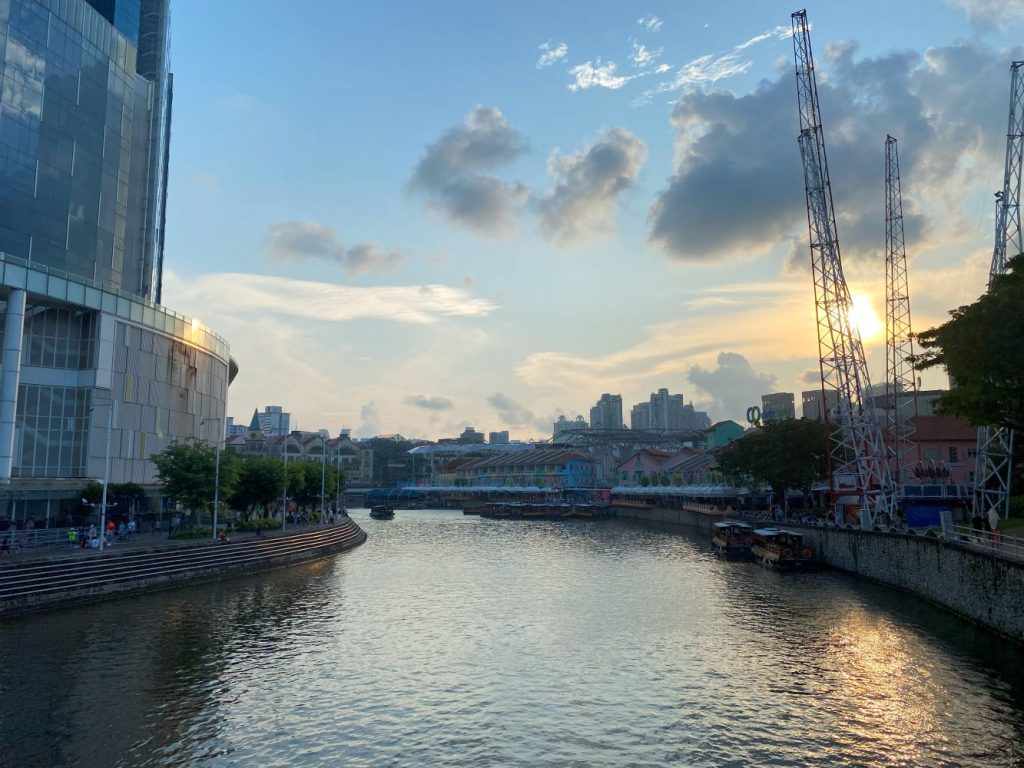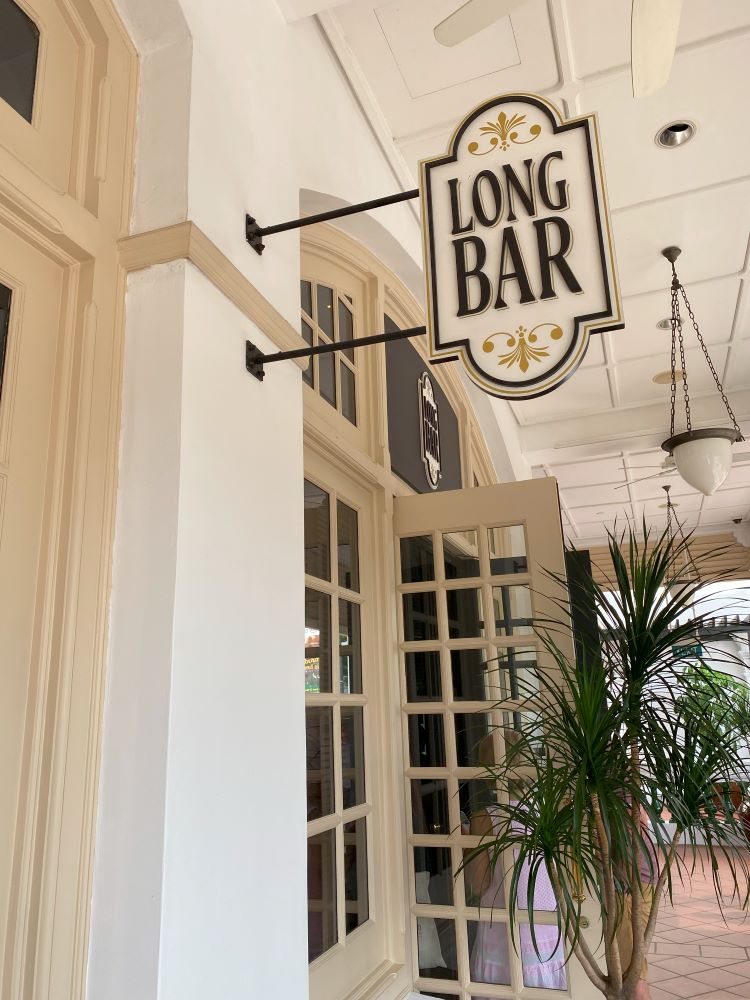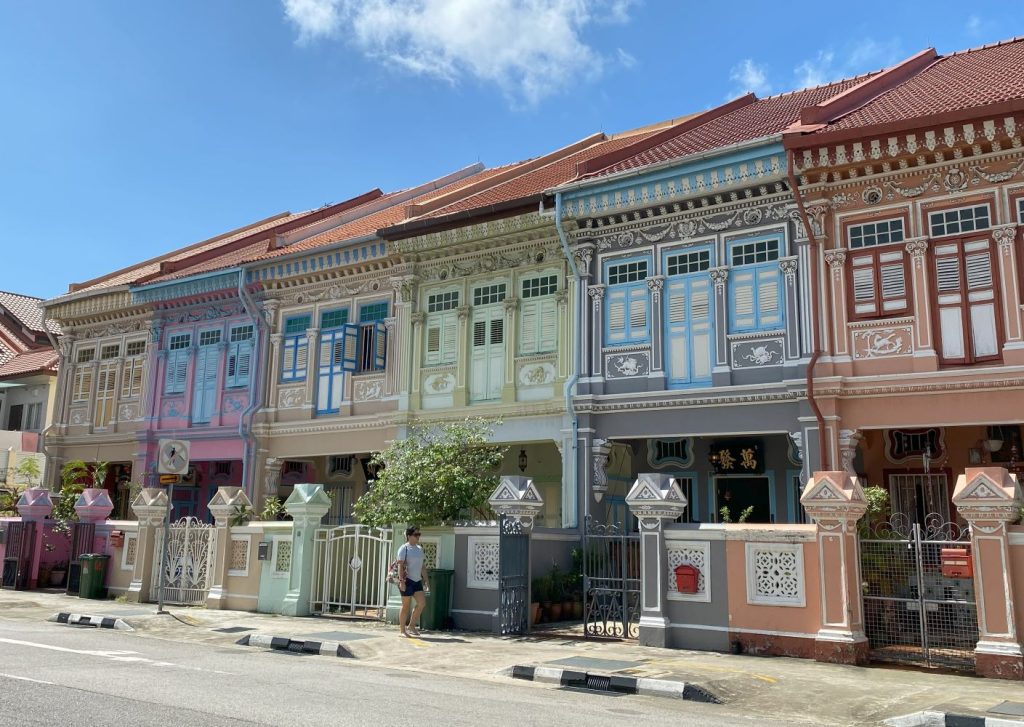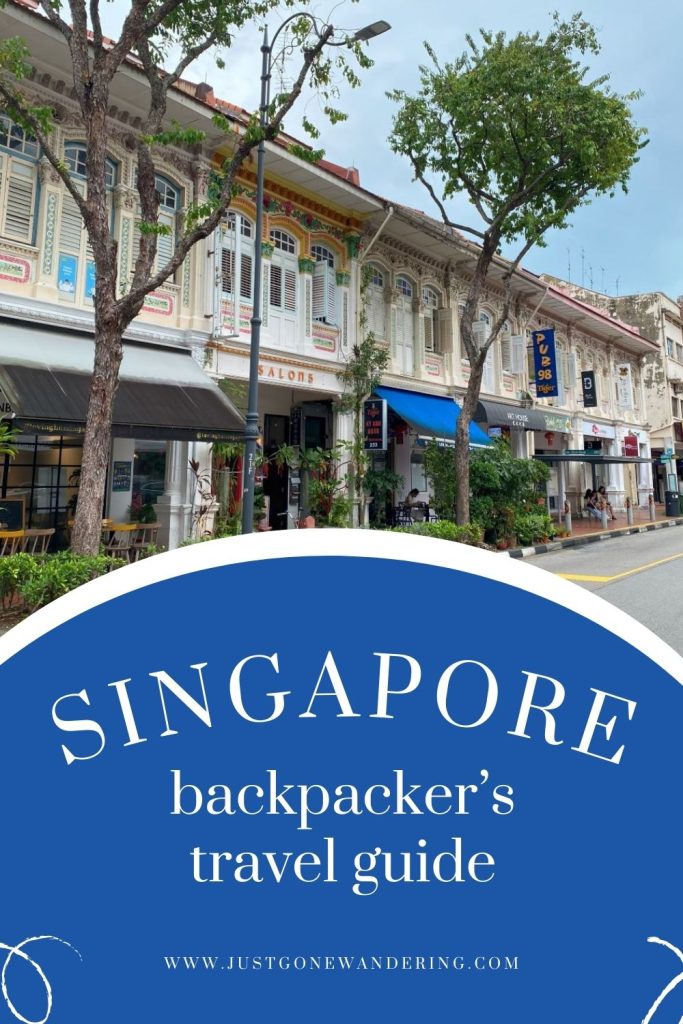
Singapore Travel Guide 2024
I’ve visited Singapore twice (so far) and it’s one of my favorite places to visit. Though it’s a little pricier than most other Southeast Asia destinations, it’s worth exploring for a few days if you have the time/budget.
Here’s some of my recommendations for traveling around Singapore on a solo backpacker’s budget.
This post contains affiliate links. If you click on a link and buy something, I get a small percentage at no extra cost to you. Your support helps keep this blog running— thank you! Read full disclosure here.
Resources & Tips
ATMs are plentiful. That said, almost everywhere accepts credit car. You’ll just need some cash for hawker centres and the bus/metro if you don’t have a smart phone.
Klook is a travel app headquartered in Singapore (though it’s good for all around east Asia/southeast Asia). Check there first for any discount entrance tickets or SIM card deals.
Safety
Singapore is very safe for tourists, beyond the typical pickpocketing on public transit or at the airport. For night life: there’s generally lots of people wandering around at night. However, public transit shuts down fairly early (at midnight), and the streets outside of the immediate bar areas tend to get quiet around 10 or 11 pm.
Singapore has some strict laws about things that are commonplace elsewhere, so be sure to check that you’re not inadvertently breaking something. For instance, electronic cigarettes/vape pens are illegal. Australia has a good overview of that sort of thing here.
Websites
WikiVoyage Singapore page – has good background info of the history of Singapore, plus tips on navigating through a visit. Be sure to check out the Three Days in Singapore travel itinerary for ideas on what to see in a short amount of time.
Visit Singapore – official tourism website.
Roots.gov.sg – National Heritage Board’s website with great info & walking tours
Guidebooks
They’re kinda old school, but a good guidebook can be a great way to get an overview of a particular country and its history. Lonely Planet and Fodor’s both recently updated their guidebooks, so they’re totally up-to-date as of 2024.


Transportation
Singapore has excellent public transit consisting of a metro, light rail and public bus system. You can also use ride-sharing apps like Grab!
The easiest way to use the metro/bus is by Apple or Samsung Pay. Just tap your phone at the gate and it’ll automatically charge the fare to your card.
Most public transit stops running at midnight, so be sure to plan carefully. If you’re coming in late, pre-book a transfer from the airport to your hotel and you’ll save a few dollars compared to Grab.

Where to Stay (Accommodation)
I recommend staying as close to the Riverside area as possible, especially if you’re only in Singapore for a night or two. It’s centrally located and easy to walk around or take a metro directly to all the major tourists sights. However, it’s more expensive than staying somewhere slightly further out.
Bluewaters Pods 38 Hongkong St is located right off the Boat Quay/River Quay area, within walking distance to Chinatown and two metro stations. The beds are “pod” style, with privacy curtains that unfortunately block out the air conditioning. The shared bathrooms are clean but absolutely roasting because there’s no air conditioning in them. No freebie breakfast but you can use the shared kitchen and lounge area to meet people.
Betel Box Backpacker Hostel is slightly further out but a much better price if you’re on a tight budget. They’re next to a major bus line so it’s easy to get around, or link up to a metro stop. They provide free breakfast (toast and coffee/tea) plus discounted tours for hostel guests. I did a food tour with them that was AMAZING! The beds themselves aren’t fantastic and the shared bathroom wasn’t great, but for a few nights it’s fine. I really like the shared lounge area (which always has air con) and the staff are very knowledgeable about local things to see.
I always check Hostelworld for budget accommodation wherever I go. If you book through them, you’ll also get access to a group chat for the city you’re staying in, which is a great way to meet other travelers!
Stuff to Eat (Restaurants)



Singapore has a wonderful blend of food cultures which means LOTS of great meals to try! Some of my favorites are: chili crab (expensive; my local friend recommends either JUMBO Seafood or Long Beach DEMPSEY), kaya toast, laksa (totally different from Malaysian laksa), satay, char kway teow, Hainanese chicken rice, popiah, chai tow kway (aka “carrot cake”), piseng goreng (fried bananas).
Booking a food tour is great way to sample a lot of Singaporean food in a short amount of time, great for people who only have a day or two to explore the country!
Any food court in one of the many well-air conditioned malls will have a good selection of food to choose from, with good prices. If you’re overheating and need some place to chill, head to a mall and find the food court.
Hawker centres are basically open air food courts where different vendors gather together to sell meals on the cheap. You will need CASH as most places only accept that or QR code payments (which most tourists won’t be able to use).
It’s worth checking out as many as you can, but the ones I recommend are Maxwell Food Centre in Chinatown, Tiong Bahru Food Centre near the hospital, and Geylang Serai Market and Food Centre out near Betel Box Hostel (see above).
Maxwell Food Centre has a famous Hainanese chicken rice stand (Tian Tian Hainanese Chicken Rice) which was recommended in the Michelin guide; there’s some debate about whether it’s actually the best or not, but either way it’s a good place to try it for the first time.
I also recommend grabbing a lime drink (with or without sugar cane).
NEW: The Singapore government has put together a crowd-sourced website where you can search for budget meals (S$3.50 and under) based on your location. I’m definitely planning on using this the next time I visit Singapore.
The Singapore Sling was invented at the Long Bar in Raffles Hotel as a way for ladies to sneak an alcoholic beverage in a time when public drinking was frowned upon. The price is crazy high at something like $40 USD– and you can get the same drink elsewhere in SEA for much less.
There’s a non-alcoholic version for only $18 USD (which is what I had), so if you want to sit a the Long Bar and soak up the atmosphere without breaking the bank, that’s certainly an option. The Long Bar doesn’t serve food, but you can snack on free peanuts while downing your drink.
Ya Kun Kaya Toast is a local franchise with great breakfast/sandwich options, plus excellent pulled tea (and coffee). It’s my favorite restaurant in Singapore and I highly recommend stopping by for a breakfast set at least once. My favorite is the Cheesy French Toast set. To eat like a local, put soy sauce in the poached egg and dip the sandwich in before each bite. Yum yum yum!!




Stuff to See (Attractions)
Singapore has a Big Bus Hop On Hop Off Tour which could save you a lot of time/money getting around if you only have a few days to explore.
You could also try getting this city pass (the Singapore Explorer Pass) which lets you pick entry tickets 2-7 attractions at a discounted rate. There’s a LOT available on that pass, so if you want to go to paid attractions it’s definitely worth checking out.
Free things to do in Singapore
During my visits to Singapore, I mostly stuck to free things– the admission fees for some of the tourist attractions are pretty high. Despite my budget, I think I still saw a lot. I followed some of the itinerary from WikiVoyage’s Three Day itinerary (see Resources above) and that helped get me around Chinatown and Little India in particular.
Buddha Tooth Relic Temple, Sri Mariamman Temple, Sri Veeramakaliamman Temple – three of the oldest and biggest temples in Singapore.
Fort Canning Park is a nice green area close to the business district, and has some interesting historical highlights to find, most of which are free.
Gardens By the Bay has a large free section and a light show at night.
Marina Bay Sands hotel has a paid observation deck (SkyPark Observation Deck for S$32) but if you go to Tower One and head to the 57th floor, you can get a decent view off the smoking area outside the restaurant for free. The hotel also does a water fountain show at night which you can view for free from near the Merlion statue at the Quay.
If you’d like less of a crowd, go up to the roof of the Esplanade Concert Hall and view the show from there instead.
The Peranakan Houses are a series of restored Chinese shophouses painted in bright colors, a la the painted ladies in San Francisco.
Singapore Botanic Gardens is Singapore’s only UNESCO Heritage Site and is well worth visiting. It has several trails, at least one pond, and lots of beautiful flowers to see. Highly recommend walking the rain forest trail which replicates what Singapore’s forest used to look like before agricultural development.
The National Orchid Garden is paid, but if you want to see some free orchid propagation stuff, there’s a display near the bathrooms at the Tanglin entrance. And right outside the orchid garden entrance are some free orchids to look at!
Singapore City Gallery is a free museum focusing on city development. It’s got great air con (and bathrooms) which is nice if you’re overheating from wandering around Chinatown.
Save to Pinterest


Explore More
Destination Travel Guides
Southeast Asia Posts
- 4 days on the Ha Giang Loop (Easy Rider edition)
- Taking the Laos Slow Boat to Luang Prabang (2023)
- Mt. Bromo, Indonesia Sunrise Tour Review
- Exploring Ayutthaya’s Historical Ruins
- Exploring Sukhothai’s Royal Ruins
- Three days at the Elephant Conservation Center in Sayaboury, Laos
- 3 days on the Kinabatangan River, Borneo
Best Travel Resources
- 🛕Klook for tour discounts and attraction tickets
- 📱Airalo for eSIMs around the world
- 🛌Hostelworld for budget stays
- 🚙DiscoverCars for international car rentals
- 👩💻ExpressVPN to stay safe while browsing the web
- 🧑⚕️VisitorsCoverage for trip insurance





6 Comments
Sharyn
Lots of great tips for Singapore. I hadn’t heard of some of the attractions so looking forward to seeing those I haven’t seen before on my next visit!
Sharyn McCullum
I love getting around on public transport so thanks for the tips of using it in Singapore.
Rhonda Albom
I loved SIngapore. All the different neighbourhoods and cultures are amazing and the street food is great.
Caroline
As a Singaporean, I always love seeing posts like these! We get such a bad rep for being really expensive but I’m so happy that you’re proving that you can enjoy our country on a budget. I 100% with your tip about going to the hawker centers, the best food for such an affordable price. I think this is such a great resource 🙂
Anastasia Finch
Thank you! Honestly, I think the only expensive thing really is accommodation, and even then it’s still cheaper than many other places around the world! I’m looking forward to my next visit to Singapore. ♥
Melinda
I assumed everything in Singapore was super expensive. It’s so great to see so many budget options. I definitely hope to go in the near future so appreciate this guide!